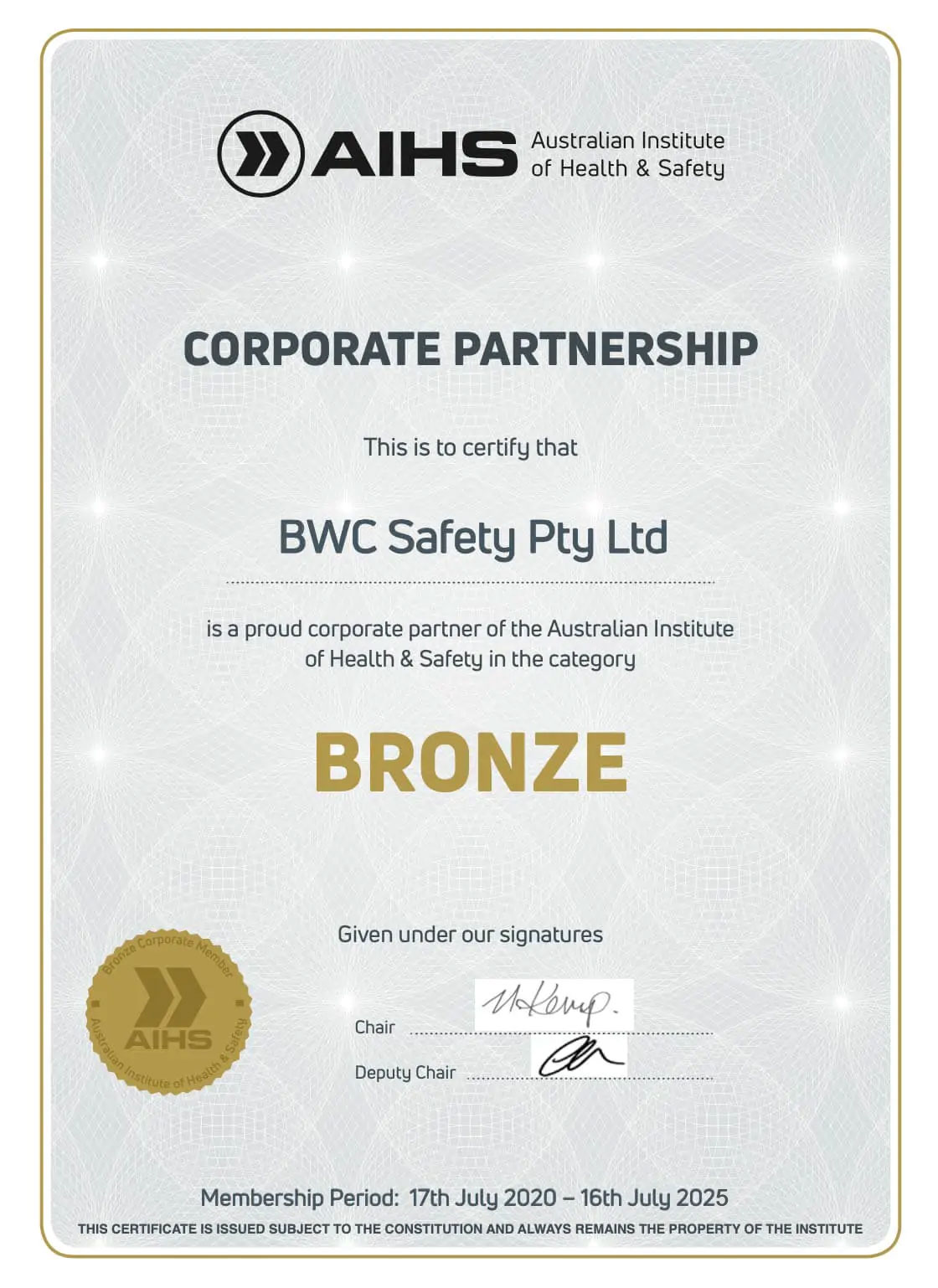Background
An effective safety conversations program (aka safety observations, safety interactions), are an essential part of the safety management system. Leadership commitment is demonstrated when line management conduct regular safety conversations with employees and the process enables early identification of WHS risks – before they turn into injuries.
Five step process
Although approaches to safety conversations will be tailored to individual styles, there is a framework for successful safety conversations:
- preparation;
- visit the worksite and observe the work being done;
- conduct the 5-step safety conversation;
- stop any unsafe acts – if you observe someone working unsafely, stop the unsafe act (safely) and discuss how the job could be done more safely;
- follow up any actions, such as log a hazard, report a near miss, follow up with WHS or the area supervisor etc.
1. Preparation
-
- notify the team leader or supervisor (unless it is your department), that you want to visit their worksite later in the day (or next day) for a safety conversation;
- agree on a suitable place and time to visit;
- wear the right PPE for the area that will be visited;
- think about the hazards and controls that would be relevant to the tasks. Check with the department manager or WHS team if you need more information;
- if possible, arrange to have a subordinate attend with you.
2. Visit the workplace and observe the work
a. Observation categories to consider:
- reactions of people to your arrival;
- positions of people working (over-reaching, excessive bending etc.);
- right tools and equipment in use;
- housekeeping standards;
- right PPE
b. Consider the main hazards associated with the task.
3. Conduct the 5 Step safety conversation
-
- greet the crew and explain to them why you are here;
- ask the crew to tell you about how the job is done and the main hazards associated with the job and the controls they have chosen. Seek to understand why they chose those methods;
- share your first impressions about the state of safety on this job. Start with the positives and then discuss any concerns you may have. Mention that your main concern is that they don’t get hurt;
- ask the crew if they have a SWMS for the job. If so, compare the paperwork to the reality of the job. Discuss any differences. Be on the lookout for shortcuts or procedures not fit for purpose;
- finish by checking if they have any other safety concerns and thank them for their time.
4. Stop any unsafe acts
As a leader, you MUST stop an unsafe act before it turns into an injury. Here is the standard approach:
- get the attention of the person in a safe manner;
- let them know your concerns for their safety in a genuine and not aggressive way. Discuss the potential consequences of an injury to them and let them know that it is not worth taking the risk;
- work with them on the KEY QUESTION – Is there a safer way to do this job? Either work out a safe solution or STOP THE JOB;
- once you have aligned on the safer way to do the job, get agreement that this will be the way it’s done from now.
5. Follow up
- debrief with your subordinate – how conversational was it; did you listen? Ask yourselves what you learnt, what do you now know? How did the people we met feel about the safety conversation?
- provide constructive feedback to the department supervisor or manager on the positives and areas for improvement;
- log the safety conversation into the system. Enter any hazards or near misses that may have been observed.
Safety conversations competency development
Organisations should develop a structured competency development program that allows their staff to receive training and follow up coaching support in safety conversations. Ideally, progress is tracked via targets and reviewed periodically. This will be a key leading indicator for the organisation.
Schedules
The organisation should ensure that schedules for leadership safety conversations are developed and tracked and that a working group within the organisation is tasked with periodic review of the quality of safety conversations and progress reporting to the executive.
